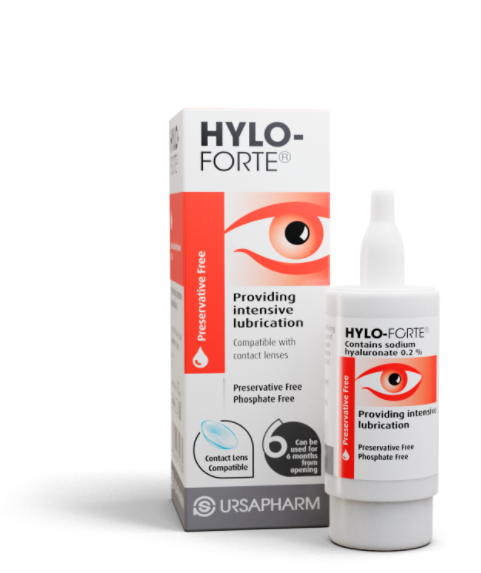Have you ever wondered why you are recommended a management regime for your dry eye symptoms
Dry eye disease is a chronic and multifactorial condition meaning that there are often many contributary factors. This means that sometimes we need a management regime of several steps to effectively manage or control it.
I’ve talked about the complexities of the tear film in previous blog posts, but just to remind us, the tear film is an incredibly complex structure that continually covers the surface of the eye at any given time. It must maintain the delicate balance between production and evaporation. The components of the tears are produced by different parts of the ocular surface and eyelids and need to be in the correct ratios to maintain a healthy and stable tear film. Not only is a stable tear film needed for comfort, it plays an important role in our vision too.
Healthy tears need healthy eyelids. Tiny oil glands situated just behind our eyelashes produce the very important oily outer layer of our tears. If the eyelids are inflamed, then the oil glands in the lids become blocked and the effect of this stops the tears from functioning properly. Over 80% of dry eye is caused by unhealthy lids, so adopting an eyecare regime that includes heat to help unblock the oil glands, lid hygiene to help with the inflammation and lubrication to relieve symptoms is the most effective way target the underlying cause.
Heat, Cleanse, Hydrate is an expert recommended approach to effective management of DED and related eye conditions1
HEAT: Use heat mask such as OPTASE® Moist Heat Mask. Follow the instructions for warming the mask in a microwave (between15-25 seconds) and then apply the warm mask to your eyes for 10 minutes to allow the gentle heat to warm the thickened oils that are clogging up the oil glands. Once the 10 minutes is up, gently massage* your eyelids to encourage the soften oils to be released. (* I find the most effective way to do this is to gently roll my fingers upwards towards the lashes on the lower eyelids and downwards towards the lashes on the upper eyelids).
CLEANSE: Using a specifically designed lid cleansing product such as OPTASE® Tea Tree Oil Wipes, gently clean around the eyelid margins and the base of the lashes. This will help to remove any build-up of debris and excess oils along with any bacteria which can contribute to inflammation and irritation. OPTASE® Tea Tree Oil Gel is also available as an alternative to wipes.
HYDRATE: The final step is to use a lubricating eye drop to rebalance the tear film and to relieve the symptoms associated with dry eye. Hycosan Dual/Hylo Dual will help support the delicate oil layer and are usually my recommended choice for managing evaporative dry eye. OPTASE® Dry Eye Spray is an excellent alternative for those who struggle instilling eye drops.
We know that unfortunately, dry eye is a chronic condition that needs to be continually managed. The Heat, Cleanse, Hydrate Regime, if performed regularly is an effective way to manage the underlying cause of evaporative dry eye and reduce the ongoing symptoms.
As always, if you have any concerns about your eyes or if any persistent discomfort, please seek advice from your Optometrist.
Refs:
- TFOS DEWS II Management and Therapy Report 2017








